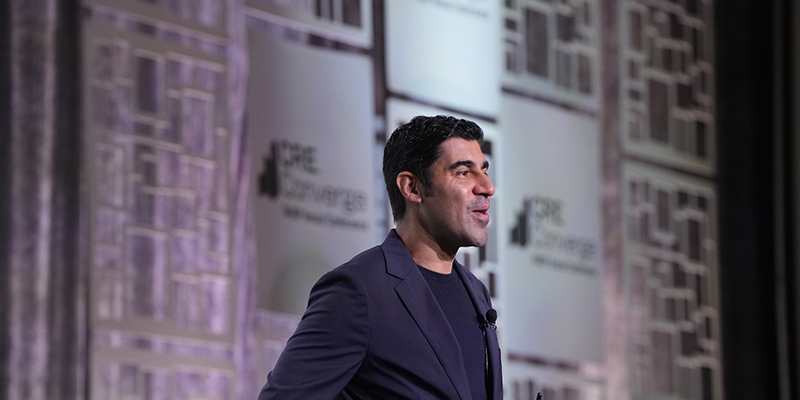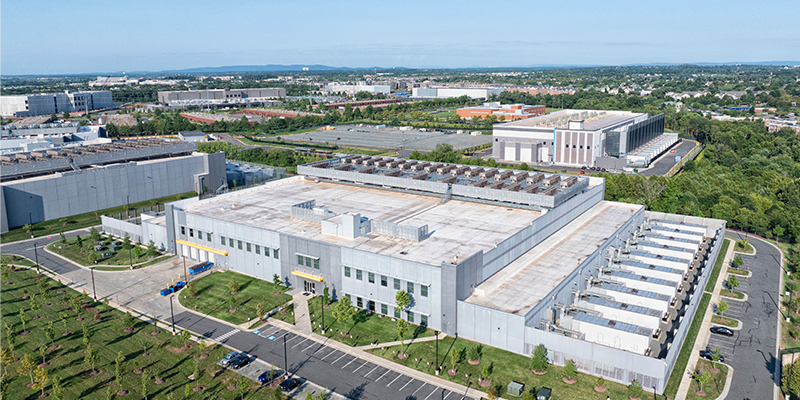While some assets in the real estate market have been jolted by pandemic-related fallout, some investors, managers and property owners will look back on the COVID-19 era as the “golden era” of real estate investment.
While some sectors have struggled, like office and retail, certain sectors have seen tremendous growth. Managers with operational expertise with the right property type have found success.
For operators, or those building or who own assets, the opportunity to raise capital with low interest rates and “the slosh of equity,” now’s the time to “raise whatever money you can,” said Nancy Lashine, founder and managing partner with Park Madison Partners, a New York-based capital markets and advisory firm for global real estate alternative investments.
Speaking as part of a panel assessing current capital markets at CRE.Converge, it was clear to the panelists that the market is rife with opportunity. Office, industrial, life science and even some retail properties have been training strongly, said panel moderator Robert Griffin, U.S. head of capital markets with NEWMARK. The year was quite the turnaround from what executives had anticipated. The “V-shaped” recovery from billions of sidelined dollars hitting the market, life science, medical office, industrial, residential and manufactured housing saw record pricing, he said.
What the market witnessed was a “tectonic shift” in allocations away from office and retail into those sectors, added Fabian Neuenschwander, managing director of real estate with Brookfield Asset Management. The trend should continue for the foreseeable future, he said.
Investing today is more difficult than a decade ago, he said. By focusing on market “trends and themes,” they have seen some distress during a short window of big discounting in spring 2020. Banks didn’t foreclose or force decisions.
Some investors are seeking strong properties, like residential, lifestyle and logistics. Some investors want value, as with office and some retail transactions, he said. Griffin commented how retail seems to have made a comeback, delivering good yields if done with the right underwriting.
The past year has been “a true inflection point” for investment managers, said Heather Fernstrom Border, co-founder and managing partner with Alliance Global Advisors, which has $260 billion in aggregate assets. Investment managers and investors are taking time to better understand the risk assessment of their portfolios, “the nuances of each property type and the risks like they never have before,” she said.
What’s more, investors are pushing managers to deliver new goals and reporting, especially with regard to environmental, social and governance investing, also referred to as “ESG,” as well as diversity, equity and inclusion, or “DEI.”
How will alternative asset classes perform, especially as investors express some risk aversion to market conditions? Employer tenants in office locations, for example, are discussing new ways to return to work, whether “hub and spoke” with less reliance on a single headquarters location.
Some success stories have been found with operational niche strategies, effectively “subdividing” categories into smaller segments, said Fernstrom Border.
Investors are looking not to office or retail, but to the rental growth of industrial and multifamily, Lashine said.
Investors seem to be moving up the risk spectrum, while being mindful of the risk they’re assuming in their overall portfolio. A recent study from the Kingsley Association asked pension, endowment and other investors with some $400 billion under management what their expected return would be. For the first time in three years, investors decreased their expected return from 8% to 7%.
“You’re seeing an assumption that we’ll be declining slightly with return expectations,” she said.
Fundraising and accessing institutional capital has changed dramatically, and possibly permanently. Neuenschwander said Brookfield raised almost $10 billion with all but one meeting done virtually.
As investors and managers continue to navigate the pandemic era, the panelists seemed of the belief that markets will remain fluid. While office and retail has struggled, Griffin is handling a portfolio of more than 130 J.C. Penney Co. properties. Interest is strong and might portend some return to retail, which in some way provided a unique answer to the original question.
“This has been a golden era for real estate,” he said, one which could continue as real estate continues to wend its way through the post-pandemic market.
This post is brought to you by JLL, the social media and conference blog sponsor of NAIOP’s CRE.Converge 2021. Learn more about JLL at www.us.jll.com or www.jll.ca.









